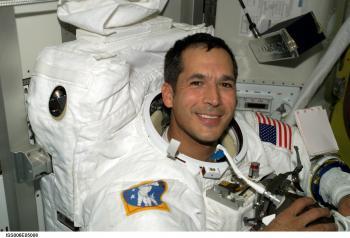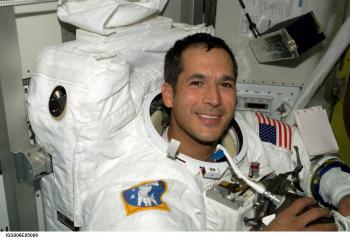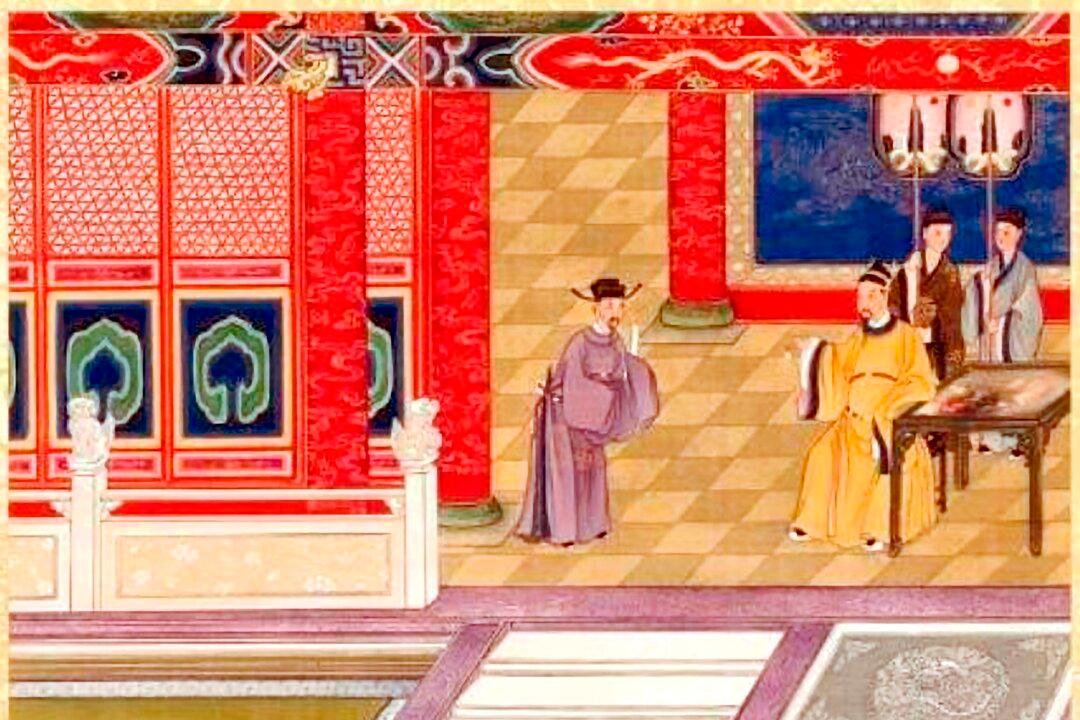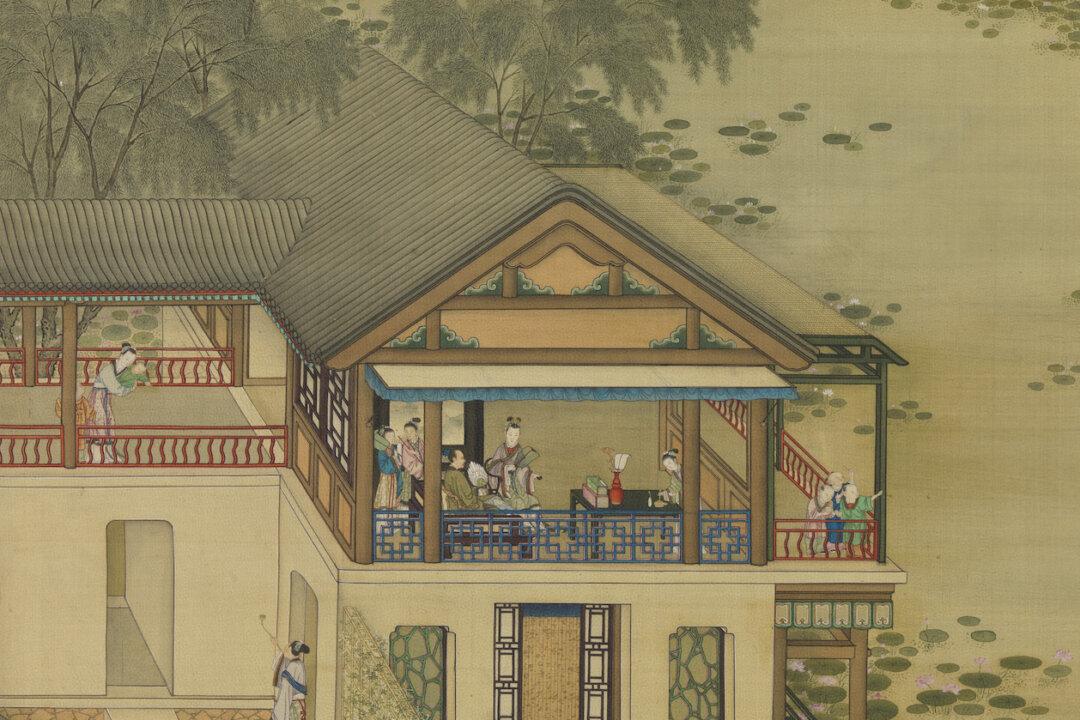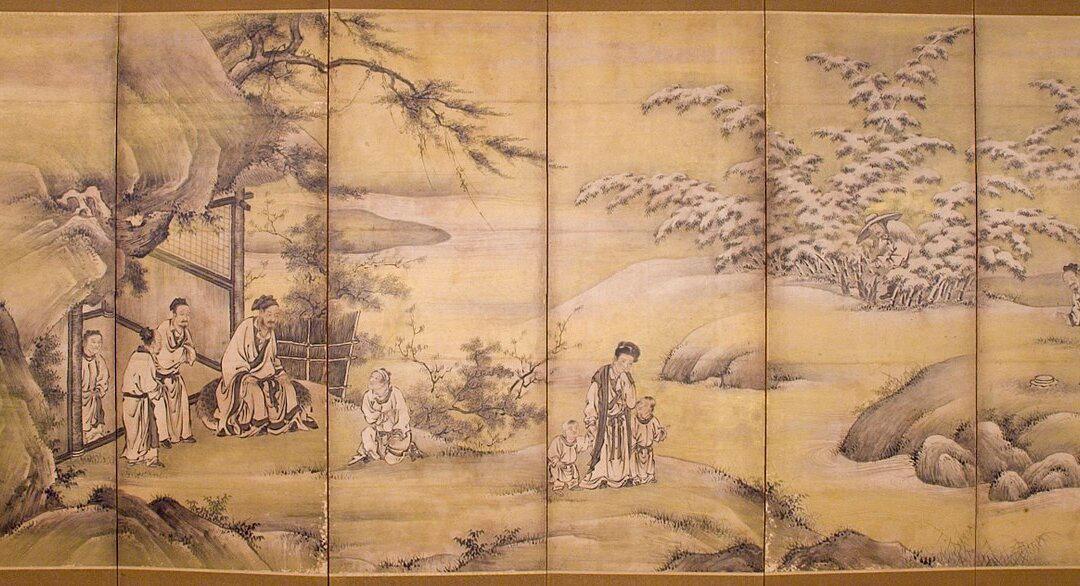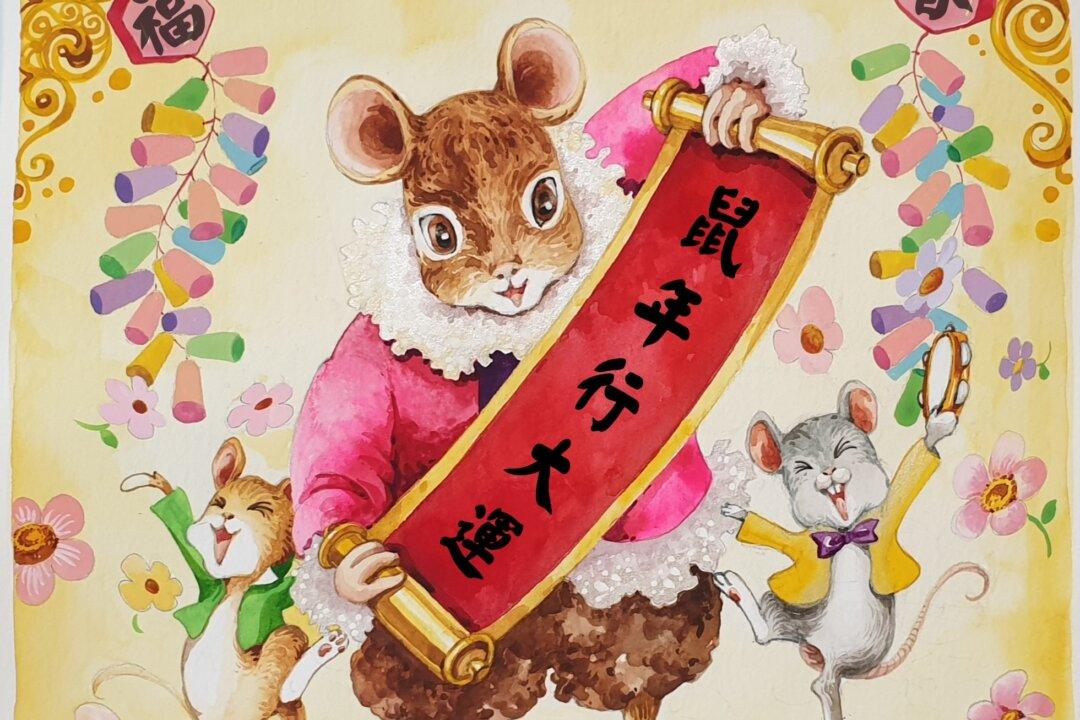U.S. Astronaut Hopes to Inspire Canadian Youth at Aboriginal Symposium
John Herrington, the first Native American astronaut, will speak at a Toronto Aboriginal symposium on Dec. 10.
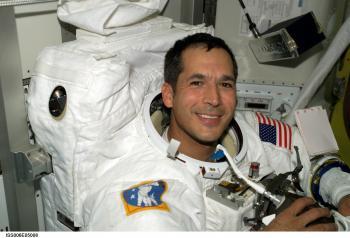
Astronaut John B. Herrington, STS-113 mission specialist, wearing his Extravehicular Mobility Unit spacesuit, is pictured in the Quest Airlock on the International Space Station on Flight Day 6, Nov. 28, 2002. NASA
|Updated:
